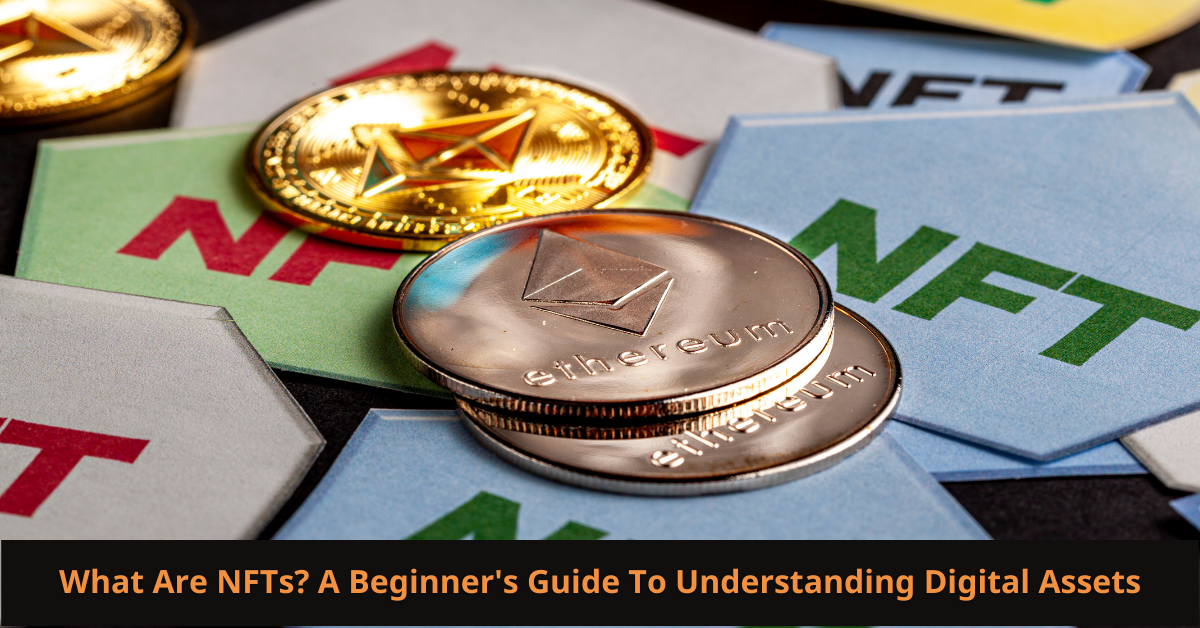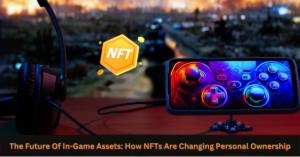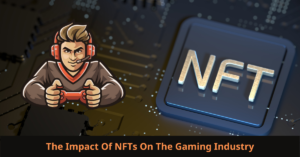NFTs might sound like some futuristic tech, but they’re already here, changing the game in digital ownership. Non-Fungible Tokens, or NFTs for short, aren’t just another buzzword in the tech world. They’re like that rare comic book or collector’s item that’s one-of-a-kind in the digital space.
Now, you might be wondering, what sets NFTs apart from your usual cryptocurrencies like Bitcoin or Ethereum? Well, it’s in the name – ‘Non-Fungible.’ While Bitcoin is like a dollar bill (each one is the same as the next), NFTs are unique. Think of them like digital fingerprints; no two are identical.
Behind NFTs is some tech magic called blockchain, which is like the digital ledger holding all the information about who owns what. This isn’t just some random storage; it’s secure, decentralized, and kind of the backbone of why NFTs can work the way they do.
People are buzzing about NFTs because they’re more than just tech. They’re a new way to own art, music, even virtual real estate, and they’re shaking up these industries in ways we’d never imagined. From record sales of digital art pieces to artists getting more control over their creations, NFTs are opening doors we hadn’t really thought of before.
The Mechanics of NFTs: How They Work
So, how do NFTs even work? It all starts with blockchain, the same tech that keeps cryptocurrencies ticking along. But here, it’s like a digital ownership tracker—super reliable, can’t be tampered with, and open for everyone to see.
Smart contracts are at the heart of NFTs. Think of them like the behind-the-scenes crew making sure everything runs smoothly. They automate the swapping of ownership, handling the sale and transfer with no hiccups, which means no middlemen, lower fees, and often, faster transactions.
Buying, selling, and trading NFTs isn’t as tricky as it first seems. Platforms like OpenSea and Rarible make this process a breeze. They’re kind of like the eBay or Etsy of the NFT world where you can snag or sell tokenized goods. You’ll need some cryptocurrency, often Ethereum, to get started.
Now, why are these digital bits valuable? It’s all about scarcity, my friend. In a world full of endless online content, NFTs offer something with genuine rarity. Just imagine owning an original piece of digital art that no one else can rightfully claim.
But, there’s a snag—NFTs demand a lot of computing power, especially when they’re created (or ‘minted’). This means a hefty energy footprint. So, if you’re jumping into NFTs, it’s worth considering greener blockchains or waiting for tech advancements to lessen the impact.
Real-World Applications of NFTs
NFTs are making waves far beyond tech circles, transforming the way we interact with art, entertainment, gaming and more. For artists, NFTs open up a brand-new avenue to showcase and profit from their digital creations. It’s no longer just about selling a painting; artists can sell unique digital pieces directly to collectors, sometimes netting more than they ever could with traditional galleries.
The entertainment world is buzzing with NFT potential. Musicians, for instance, find NFTs offer a fresh way to engage their fanbase by selling unique copies of albums or exclusive music rights. Think about owning a one-of-a-kind concert recording or rare behind-the-scenes content. These tokens add a layer of exclusivity that many fans crave.
Gaming has arguably seen one of the most substantial impacts from NFTs. Players can now truly own in-game assets, selling and trading them outside the confines of the game itself. This shift could turn endless hours of gameplay into real-world currency and value, offering gamers more control and reward for their efforts.
Fashion and sports have jumped on the NFT bandwagon too. Imagine grabbing exclusive digital sneakers or rare sports memorabilia, verifying their authenticity with ease. Brands and teams are exploring how NFTs can bolster fan interaction and brand loyalty in innovative ways.
Even the real estate market isn’t untouched by NFT magic. We’re starting to see virtual land sales, creating entirely new markets for digital property in the metaverse. It’s a concept that’s turning heads, pushing the boundaries of what digital ownership can mean.
The Future of NFTs: Opportunities and Challenges
NFTs aren’t just a passing fad. They’re likely here to stay, revolutionizing industries and how we view digital ownership. But what does the future hold? One key trend is the gradual integration of NFTs into everyday life. We’re already seeing them popping up in spaces like identity verification and personal branding, where digital assets prove uniqueness and ownership.
However, legal and ethical considerations are pressing issues that need sorting out. As NFTs grow, so do the challenges around copyright, fraud, and taxation. These are complex areas still catching up with tech advances. It’s important for anyone diving into NFTs to stay informed and cautious, understanding both the legal landscapes and potential loopholes.
The NFT market’s volatility is another factor to watch. While some have made fortunes, others have seen values plummet. It’s a wild ride, so if you’re thinking of investing, a good mantra is the classic “don’t put all your eggs in one basket.” Keep an eye on market trends and be prepared for the ups and downs.
Experts also predict technological innovations that could make NFTs even more accessible and environmentally friendly, addressing some of the current criticisms around carbon footprints. Sustainable blockchain solutions are on the horizon, promising greener transactions and broader adoption.
Overall, NFTs might redefine how we see ownership and value digital goods, but plenty of work remains to harness their full potential safely and sustainably. It’s an exciting space filled with opportunities and, for those ready to navigate carefully, a chance to be part of shaping the future of the digital landscape.













